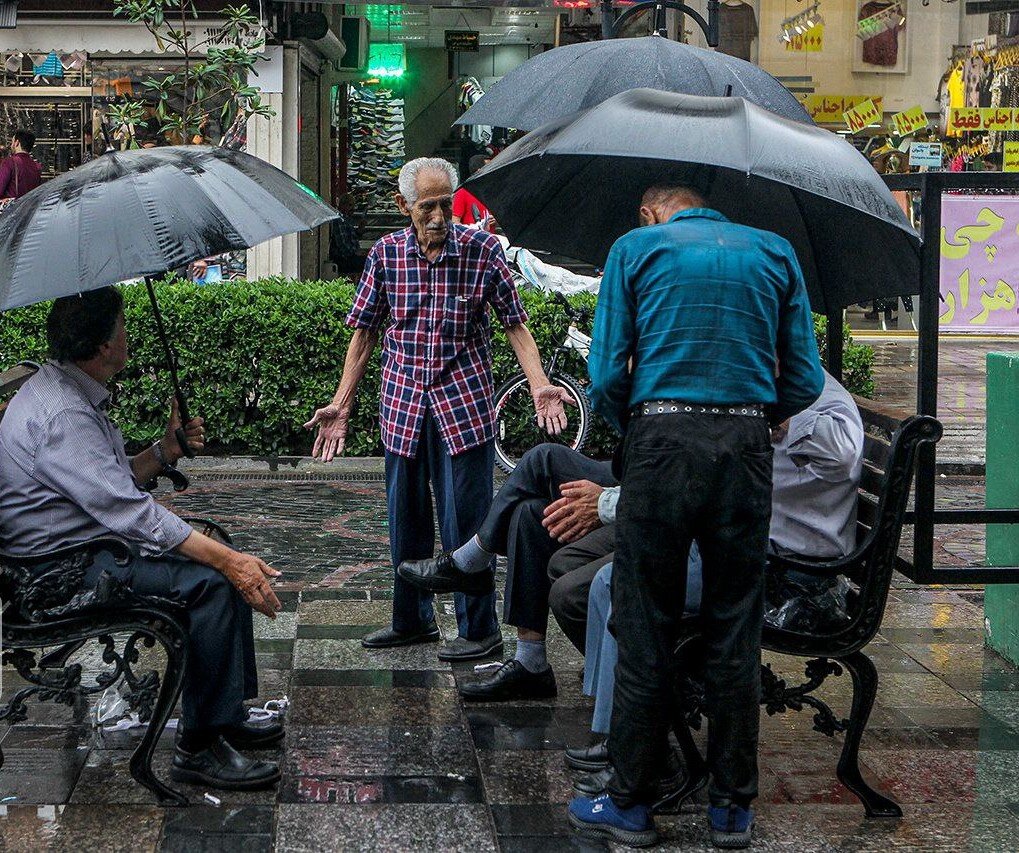Tehran – Welfare organization plans to implement a 40-day training programme for seniors to improve quality of life.
The program includes 240 different educational subjects, including health, life skills, arts, communication skills, digital and entrepreneurship, music, sports, gaming and other leisure activities.
It will be implemented as a Tehran pilot program. He said each individual will register to participate in the program for 40 days over three months.
Participants are divided into two groups to attend the session, either odd or even on days, along with educational programs offered daily in two different parts. The first 15 minutes will be dedicated to physical training, the next 45 minutes will be focused on professional training, and the 90 minutes will be allocated to recreational programs. During the education course, each person receives detailed training essential to improving self-care and quality of life, officials noted.
Delbari said that some short-term education programs will be accessible from certain websites introduced by the centre.
Iran’s transition to an aging country: “Inevitable”
Given the fact that Iran’s birth rate is stable at around 1.6 children per woman, a transition from young to middle-aged is inevitable, as it is much lower than the rate required to replace this aging population.
According to the first five-year National Development Plan (1989-1993), the policy focused on reducing the total fertility rate from 6.4 children in 1365 (1986) to four children in 1390 (2011), reducing the population growth rate over the same period from 3.2 to 2.3%, and the IRNA cited a national survey.
However, the measures at the time have led to widespread changes and changes in population indicators, as well as significant declines in population growth and fertility rates well beyond the set targets of the country’s first development plan, officials noted.
The results of the 2011 and 2016 census showed that the country’s demographic change trends had a major deviation from the development plan goals for the first five years, officials noted.
It was announced that population growth in 2011 and 2016 was 1.29 and 1.24, respectively. This figure reached 0.7 in past Iranian years (March 2023 – March 2024).
According to the latest census, the number of senior citizens in the country has increased by 3.62%, five times faster than the total population growth rate, or 1.24%.
In 1385 (2006-2007) in Iran, there were 5,121,043 men and women over the age of 60. In 2015, 10% of the population was over 60 years old.
Over the next 30 years, the population over the age of 60 is projected to own 32% of the total population. In other words, older people will make up a third of Iran’s population by 2050, officials noted.
Currently, men and women over 60 years old make up about 11.5% of Iran’s population.
For the time being, older women account for 52.3% of the total population, outweighing men (47.7%), quoted Saber Jabbari as saying.
mt/mg

